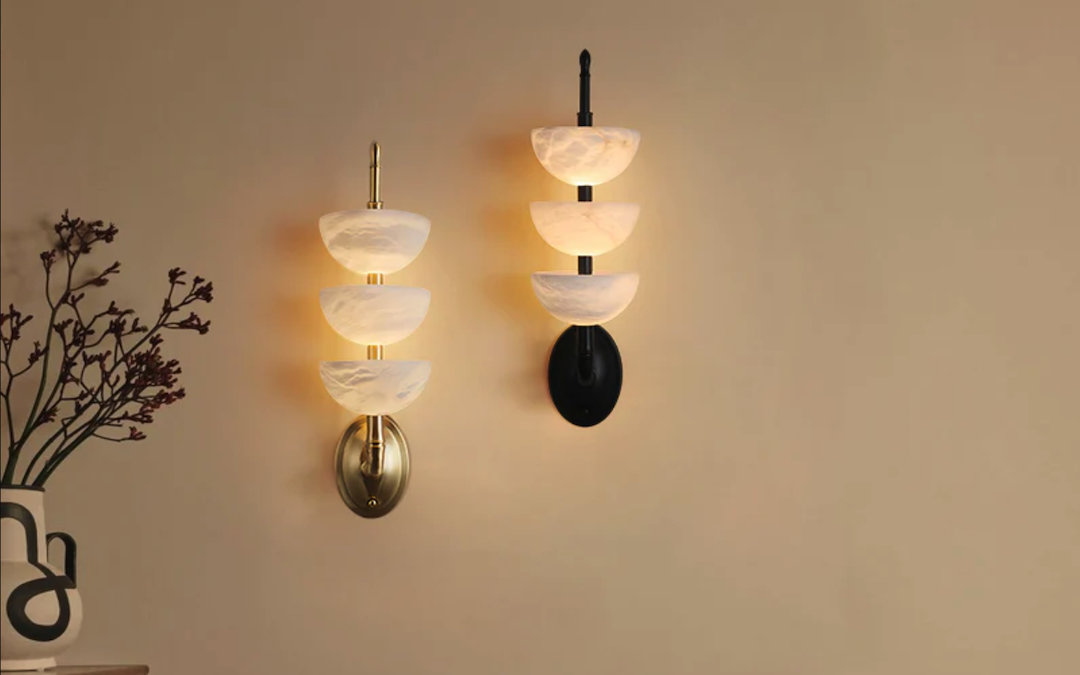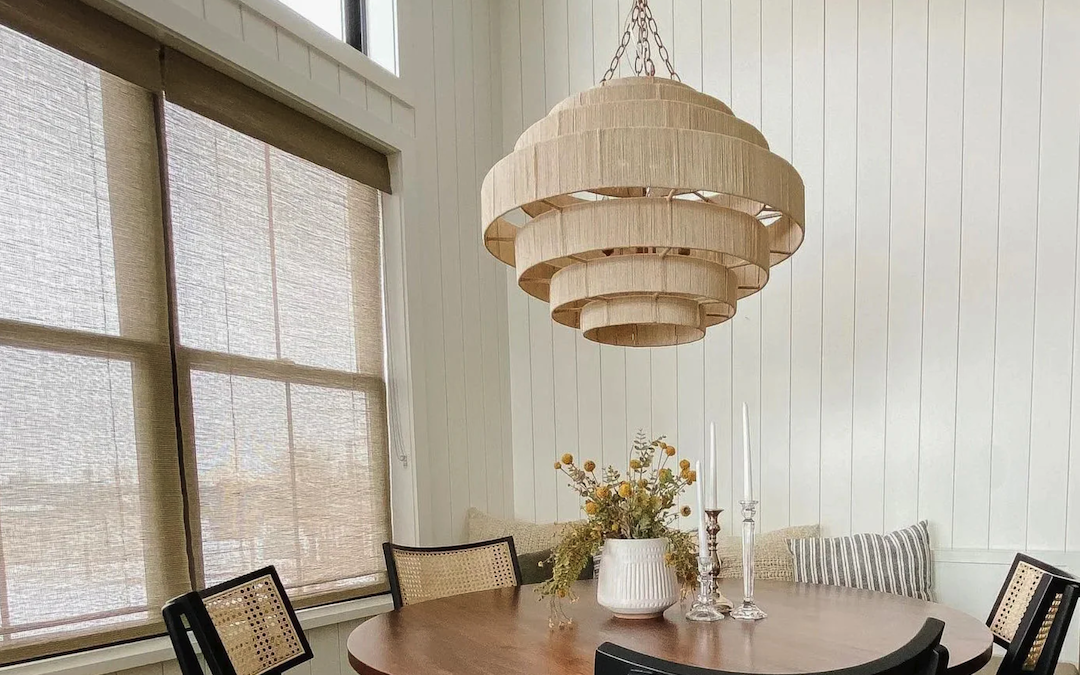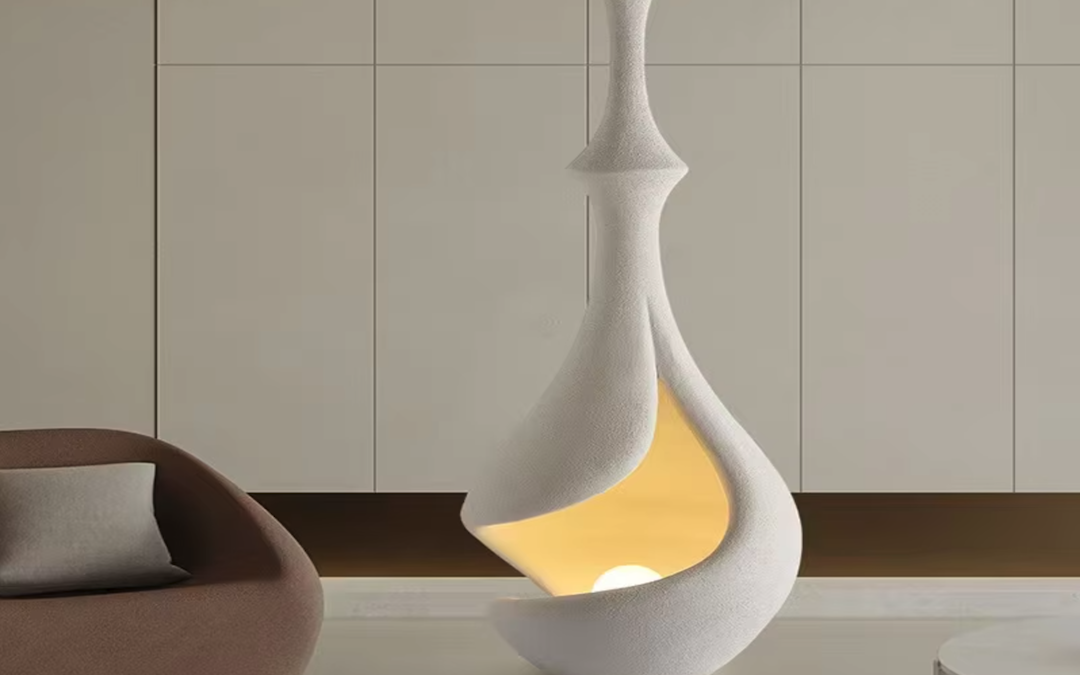Shining Elegance: Exploring the Timeless Beauty of Sandeliers
The Origin of Sandeliers
Sandeliers have been around for hundreds of years and were first created in Europe. The first sandeliers were made with sand, water, and fire, which formed the base. An iron frame was then used to hold the sand into place, and once it dried, it was shaped into the final form of the chandelier.
The Evolution of Sandeliers
Sandeliers have evolved throughout history, making the transition from sand to glass. Glass sandeliers are delicate and intricate and are commonly found in high-end homes, hotels, and museums. The glass pieces are blown by hand, with each piece carefully shaped and placed to create the final design.
The Beauty of Sandeliers
Sandeliers are beautiful and unique light fixtures that add a touch of class and elegance to any room. The glass pieces are often in a variety of colors and can be shaped into different forms, depending on the designer’s vision. At night, the chandelier’s light dances off each piece of glass, creating a stunning visual display.
Choosing the Right Sandelier
When choosing a sandelier, choosing the right size is essential. The light fixture should be proportionate to the size of the room. A larger room will require a larger chandelier to create a balanced and elegant space. The color of the glass and the design are also essential factors to consider, as they need to complement the room’s existing decor.
Sandeliers in Different Settings
Sandeliers are versatile and can be used in a variety of settings. They are perfect for entryways, dining rooms, living rooms and can even be used in outdoor spaces. A sandelier could also be used as the centerpiece of a grand ballroom, adding to the splendor of the space.
Maintenance and Care
While sandeliers are beautiful, they require care and maintenance to keep them looking their best. Keeping them clean and dust-free is essential, as any buildup can obscure the light and the beauty of the glass. Keeping the chandelier’s wiring in good condition is also essential for safety reasons.
Conclusion
San



